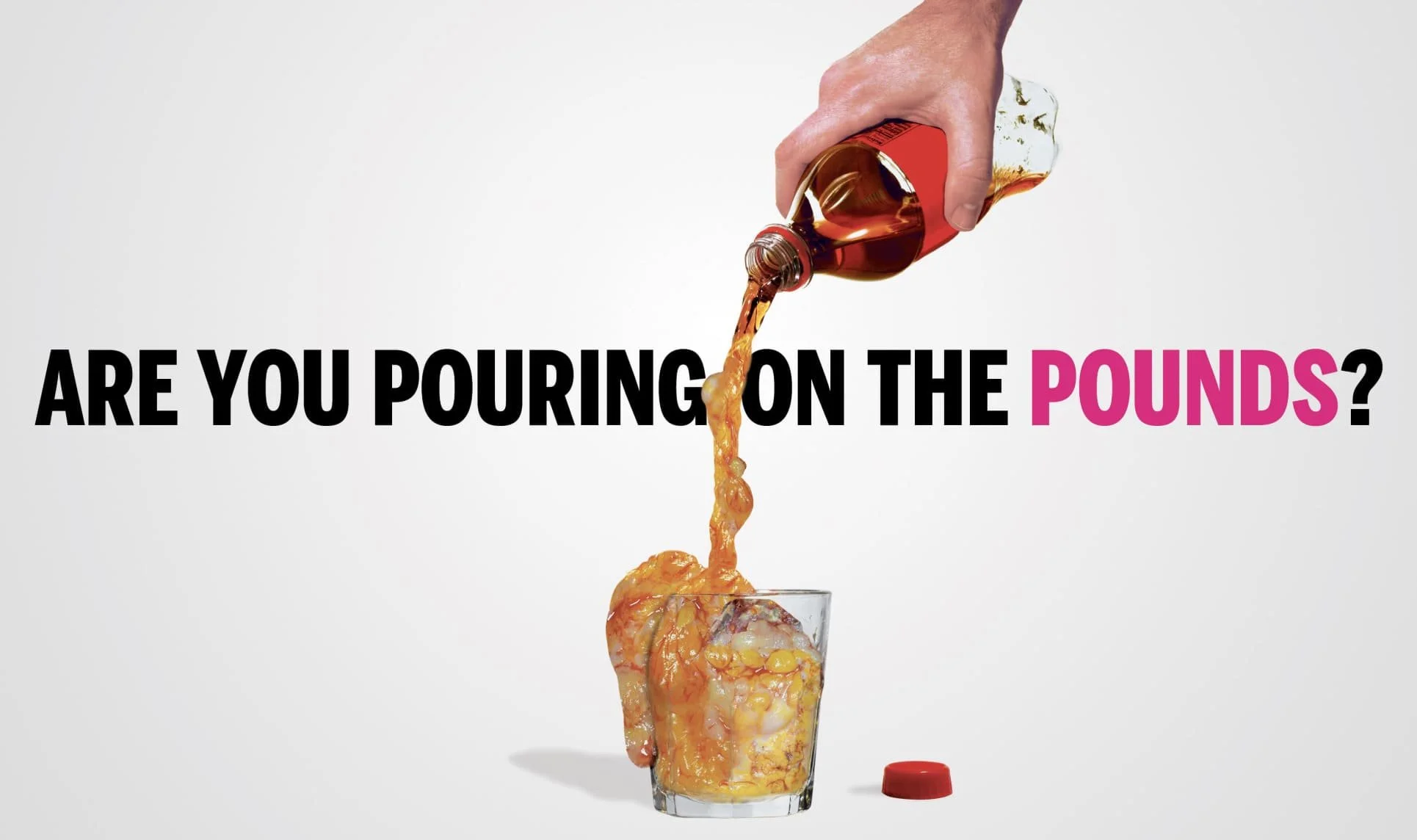Fiber and Your Diet
/Fiber plays a crucial role in keeping your digestive system healthy and supporting overall wellness. Acting like an “intestinal mop,” it helps reduce cholesterol, stabilize blood sugar, and lower the risk of heart disease and diabetes. Fiber comes in two forms: soluble, found in foods like oats and legumes, and insoluble, found in whole grains and some veggies. Adding fiber-rich foods like fruits, vegetables, and whole grains to your diet can boost your health. Want to learn more easy ways to increase your fiber intake?
Read More




